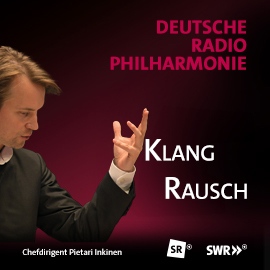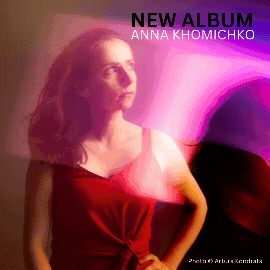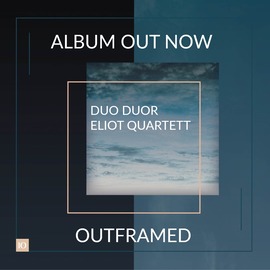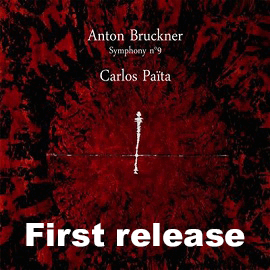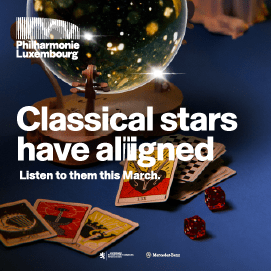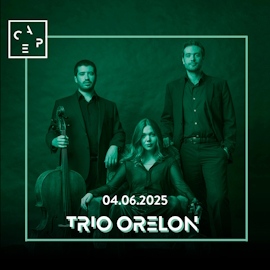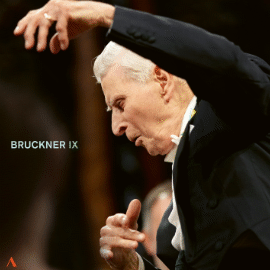Er mag nicht so bekannt sein, dennoch gehört Christoph Demantius zu den herausragenden Komponisten der ausgehenden Renaissance wie etwa Heinrich Schütz oder Andreas Hammerschmidt. Es ist demnach programmatisch durchaus kohärent, wenn Alexander Schneider und sein Ensemble Polyharmonique auf ihrem aktuellen Album Demantius’ Johannes-Passion mit Chorwerken seiner Zeitgenossen ergänzen und dabei dramaturgisch die Leidensgeschichte Jesu darstellen, wie sie im frühen 17. Jahrhundert möglicherweise erzählt wurde.
Demantius’ Passion ist ohnehin erzählerisch konzipiert. Es singt durchgehend der Chor. Es gibt keine oratorische Struktur mit Rezitativen, Chorälen und Arien wie später bei Bach.
Dementsprechend rhetorisch erklingt diese Interpretation, die sich nicht auf die reine Erzählung fokussiert. Die filigranen, transparenten musikalischen Linien, die das Ensemble Polyharmonique zeichnet, lassen Platz für Emotionen, für einen Blick in die Seelen der handelnden Personen. Feine rhythmische Verschiebungen, leichte Veränderungen der Klangfarben und eine ädaquate Phrasierung reichen als stilistische Mittel und werden in der Art eingesetzt, dass das reine musikalische Gewebe keine Risse bekommt.
He may not be so well known, but Christoph Demantius is one of the outstanding composers of the late Renaissance, along with Heinrich Schütz and Andreas Hammerschmidt. It is therefore programmatically quite fitting that Alexander Schneider and his Ensemble Polyharmonique on their current album complement Demantius’ St. John Passion with choral works by his contemporaries, thus dramatically retelling the story of the Passion of Jesus as it might have been told in the early 17th century.
Demantius’ Passion is conceived as a narrative anyway. The choir sings throughout. There is no oratorical structure with recitatives, chorales, and arias as later in Bach.
Accordingly, this interpretation sounds rhetorical and does not focus purely on the narrative. The delicate, transparent musical lines drawn by the Ensemble Polyharmonique leave room for emotion, for a glimpse into the souls of the characters. Subtle rhythmic shifts, slight changes in timbre and appropriate phrasing suffice as stylistic devices and are used in such a way that the pure musical fabric is not torn.



